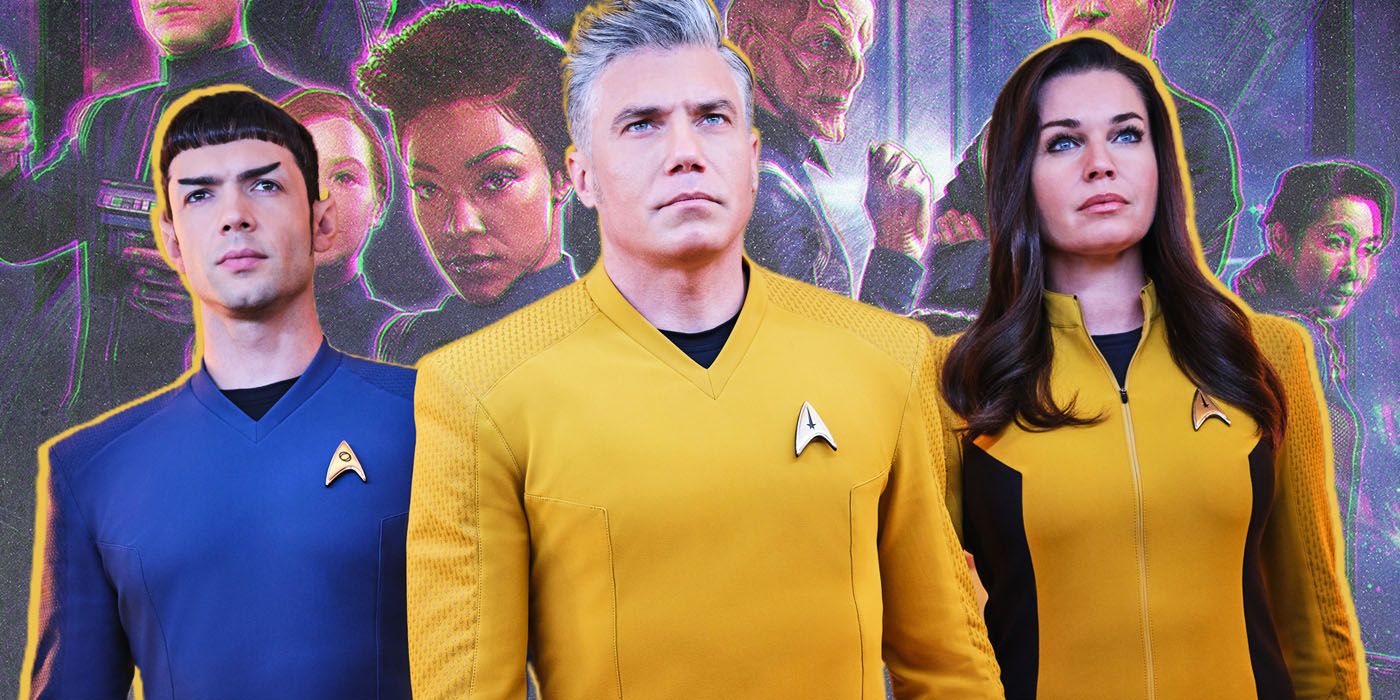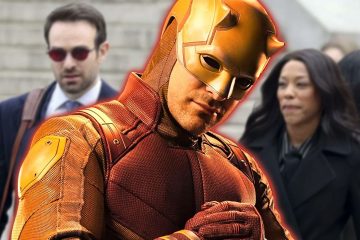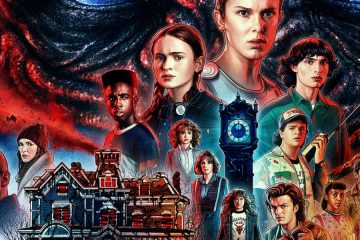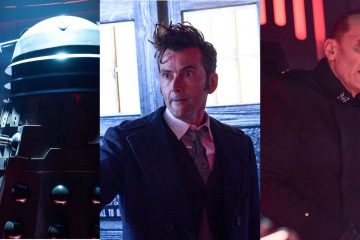The rise of the internet and social media changed the way fan communities interact with the world and each other. Cynically dubbed “franchises” (because that’s how studios see them), the people in “the fandom” have a deeper connection with these enduring fictional universes. However, one of the oldest in the bunch, Star Trek, proves how part of what makes these universes endure is including artists who were not fans of what came before. This confuses “fandom” with “respect.”The first official DC Universe movie is Blue Beetle, a niche character when compared to more recognizable names. Jaime Reyes actor Xolo Maridueña has a connection through these characters directly to childhood. This is heartening to those in the audience who have been waiting their whole lives for any Blue Beetle to make it into live action. In many cases, these controversies are nonsense, pushed by bad-faith content creators. In Star Trek’s case, the showrunner for Picard Season 3 wasn’t just a fan but tied to the series (now) glorious past. Terry Matalas started as an intern at Paramount on the Star Trek sets and, like Brannon Braga, who he eventually assisted, stayed until the very end. That institutional knowledge is more valuable to the show’s success than fandom, but that love of these characters is visible in every frame. However, the near-universally agreed-upon best Star Trek movie, The Wrath of Khan, was written and directed by a guy with the unmitigated gall to kill Spock.Star Trek: The Motion Picture cost Paramount $45 million and almost missed its premiere date. While the Robert Wise-directed film has many virtues, the critical reaction at the time was, at best, tepid. Still, the fandom showed up as they always do. Against all odds, the movie turned a profit. So, Paramount turned to “the man who killed Star Trek,” Harve Bennett, whose 1969 Mod Squad took the zeitgeist by storm. He turned to writer and director Nicholas Meyer, who said he thought of Star Trek as the show “about the guy with the pointy ears.” To him, Star Trek II was simply the chance to make a movie.RELATED: Picard’s Enterprise-G Uses ‘Old’ Designs to Make Star Trek Feel ‘New’
The rise of the internet and social media changed the way fan communities interact with the world and each other. Cynically dubbed “franchises” (because that’s how studios see them), the people in “the fandom” have a deeper connection with these enduring fictional universes. However, one of the oldest in the bunch, Star Trek, proves how part of what makes these universes endure is including artists who were not fans of what came before. This confuses “fandom” with “respect.”
The first official DC Universe movie is Blue Beetle, a niche character when compared to more recognizable names. Jaime Reyes actor Xolo Maridueña has a connection through these characters directly to childhood. This is heartening to those in the audience who have been waiting their whole lives for any Blue Beetle to make it into live action. In many cases, these controversies are nonsense, pushed by bad-faith content creators. In Star Trek‘s case, the showrunner for Picard Season 3 wasn’t just a fan but tied to the series (now) glorious past. Terry Matalas started as an intern at Paramount on the Star Trek sets and, like Brannon Braga, who he eventually assisted, stayed until the very end. That institutional knowledge is more valuable to the show’s success than fandom, but that love of these characters is visible in every frame. However, the near-universally agreed-upon best Star Trek movie, The Wrath of Khan, was written and directed by a guy with the unmitigated gall to kill Spock.
Star Trek: The Motion Picture cost Paramount $45 million and almost missed its premiere date. While the Robert Wise-directed film has many virtues, the critical reaction at the time was, at best, tepid. Still, the fandom showed up as they always do. Against all odds, the movie turned a profit. So, Paramount turned to “the man who killed Star Trek,” Harve Bennett, whose 1969 Mod Squad took the zeitgeist by storm. He turned to writer and director Nicholas Meyer, who said he thought of Star Trek as the show “about the guy with the pointy ears.” To him, Star Trek II was simply the chance to make a movie.
#Star #Trek #Proves #Artists #Dont #Fans #Good #Stories
Note:- (Not all news on the site expresses the point of view of the site, but we transmit this news automatically and translate it through programmatic technology on the site and not from a human editor. The content is auto-generated from a syndicated feed.))



